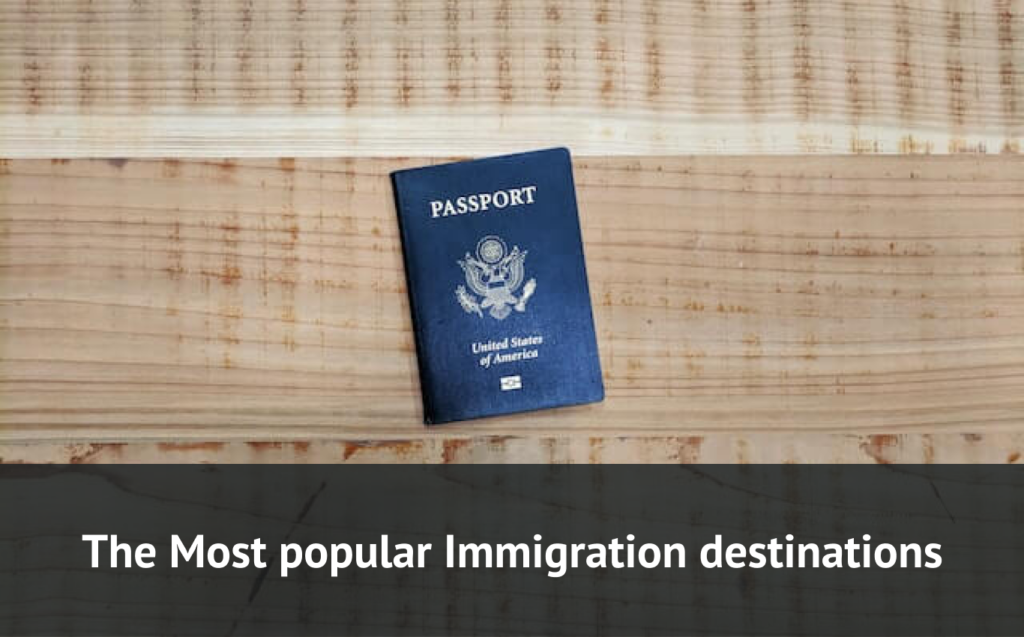 INTERNATIONAL CASABLANCA POSTS
INTERNATIONAL CASABLANCA POSTS
Subscription-based Business Models
Subscription-Based business models are for products and services with a high perceived added value from the customers and controlled value proposition from suppliers’ behalf. This allows the customer to commit to using the added value regularly resulting in creating a relationship with the supplier. The latter often offer promotions or preferential prices to try the product for free to lure in interested audiences to lock them in later on. Subscriptions are a good capital for organizations, as they provide stability of revenue, profitability, and growth and can attract external capital. They also give companies a competitive advantage as consumers are closer than ever and their data is available for them to track study. The challenge with subscription models, however, is in the beginning, in trying to gain a large customer base, the cash flow may be limited as they are more valuable over time. The Dollar Shave Club, as an example, announced in 2018 the shift to a new business model as the growth rate of its subscriptions slowed down. Another risk can be in the mismanagement of gathered data, verifying which data is critical and making sure it’s the correct one such as which credit card number to charge and when it will expire. There are many types of business subscription models, recurring examples in the service industry include the following:
- The membership website model is ideal for organizations with a niche market, that can provide their members with continuing unique information. This model can also be considered for cross-selling and advertising other products or services and establishing a commercial relationship. (Oztoprak, 2015)
- Front of the line model, one that is commonly used in b2b as it is best suitable for companies offering complex services that need immediate support and assistance. Software providers such as salesforce.com have been using this model successfully.
- The simplifier model is a fitted model for personalized services that fills an ongoing need for the companies’ busy customers. Dropbox is a perfect example of this model.
- The network model is for companies that need subscribers to build a network and a referral to grow. Such a model is reliable when the product or service gets better as the community of subscribers grows. (Warrillow, 2015)
It is important to note that there are many other new models or model combinations implemented by organizations and tailored to their customer, product, and industry.
As of 2019, companies from different industries have been using subscription models to work on in-depth customer related issues such as brand loyalty. For instance, Aviva launched this year the first subscription product ‘AvivaPlus’ in the insurance industry, the aim of restoring and rewarding its clients’ trust and loyalty.
The Mckinsey&co study about e-commerce consumers indicates that 15 percent of consumers have subscribed to an online service in 2018 besides the subscriptions they already have for media content such as Netflix. The study also profiles the American subscribers as being a young metropolitan between 25 and 44 years old and have a high income between 50,000 to 100,000 dollars. (Chen et al, 2019). Due to the large number of cognitive biases that humans have, these consumers’ decision-making process to subscribe or not, goes beyond economic utility. The aspects that influence a consumer to pay for a recurring service can vary from their perception of value, importance, fairness, and relativity to the price. The Mckinsey study went further to identify the triggers of a subscription and found that for most categories of subscriptions price was a primary incentive. Price research shows that fixed prices help in reducing the difficulty of decision making, consumers may choose to not subscribe until there is a promotion and price is at its lowest.
All of the factors mentioned above are insufficient to get the consumer to subscribe in the first place, which is the biggest challenge for most companies nowadays. Other tactics may be necessary such as free subscription trials which according to consumer behavior experts have proven to be effective methods to attract new subscribers (Medium, 2015). Nonetheless, this strategy doesn’t provide a clear measurement of just how many of those subscribers would not have opted in using the service if not for the trial period. Recommendations also referred to as social proof plugins are an important trigger of subscription, many businesses have seen the perks of putting their client’s referrals on the main page of their websites. However, it is not enough if the target is high new subscriptions and conversion rates long term. Modern consumers value services that deliver an exceptional and personalized online experience and provide them with substantial benefits. To further demonstrate this issue, in his book, Predictably Irrational, Dan Ariely talks in the first chapter about the decoy effect, which is the change in preferences that happen when presenting consumers with multiple subscription options. He conducted a study he did at MIT where he gave students 2 sets of choice selection. The first was between 3 subscription offers of ‘The economist’, with one acting as the “deal” (ie. a decoy) and the second with only 2 subscription offers. The results from both sets were completely contradictory and reflected how biases play a massive role in the consumer’s decision-making process. This proves that businesses can use multiple methods to trigger the increase subscriptions by using human biases in their favor.
Do you know which one works for your business?






